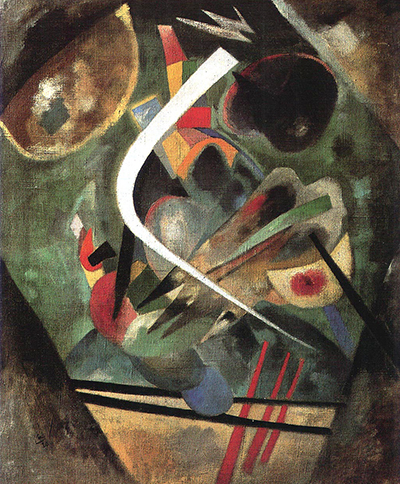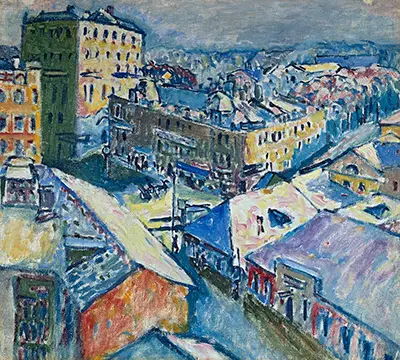Kandinsky was inspired to create art and paintings that expressed the artist's deep inner spiritual experience. He wanted to show and express the deeper themes and emotions common to all people.
Many of his paintings depict his profound spirituality. For example, in his painting Composition VII, Kandinsky clearly demonstrates his belief that art can bring to mind sounds just as much as music can bring to mind colors and forms. The theme of the apocalypse and redemption dominated his paintings in the 1910's. He painted multiple references to The Last Judgement, The Deluge, and the Garden of Eden in several paintings. He depicted these themes all at once in order to show his viewers not to take the symbols literally. During his life, he worked on his visual vocabulary, refining his paintings and further developing his abstract style.
At the age of 60, his painting called Several Circles (1928), has only one form in it - the circle. Kandinsky said the circle "points most clearly to the fourth dimension." He believed the circle was the ideal form of spiritual expression. Near the end of his life he painted Composition X (1939). He was living his final years in France. Unfortunately, he lived a more secluded life here with his wife and suffered depression because his paintings weren't selling.
This painting, Composition X, uses black in the background, which Kandinsky used sparingly. In this painting it is used to heighten the bright colors. It also depicts the cosmos and the darkness at the end of life. This painting expresses what Kandinsky felt emotionally and spirituality near the end of his life. Kandinsky painted 159 oils and 300 water colors. It's unfortunate that little of the work he did in Russia has survived.
But many of his paintings done in Germany and France are still here. Some paintings have sold for over $20 million in New York. Wassily Kandinsky believed it was his mission to share his ideals with the world. He thought of himself as a prophet and felt that his sharing of his style and ideals would be for the betterment of society. Kandinsky's paintings and several theoretical writings have a huge influence on artists who follow him.
Kandinsky died in France in 1944. He lived his final years in France, but before that had lived in Germany and Russia back and forth. He was influenced by different art movements of the time. He associated with several famous painters and studied other people's art. This led him to write books about color, form and emotions of the artist. Even though not much interest was shown in his work after the war, today, decades later, his influence is tremendous.
Kandinsky definitely set the stage for the abstract work produced in the twentieth century and beyond. Many of his artworks are household names throughout Europe and the US, and his reputation remains just as strong today as it was during his own lifetime. The bright, vivid forms in his career oeuvre continue to draw attention from even the most fleeting art follower, with his abstract style being seen as both breaktaking, but also highly accessible and immediate.
Wassily Kandinsky was born in Russia in 1866. He is known as a leader and founder of pur abstraction painting. As a child he studied music and art, but he didn't start painting until he was 30. His parents wanted him to study law, which he did, but when he turned 30, he decided to give up his successful career in law and study painting. Two events caused him to change careers. He saw an exhibition of impressionists and Claude Monet's 'Haystacks at Girverny' had a special affect on him.
The other even was hearing Wagner's Lohengrin at the Bolshoi Theater. Music profoundly influenced his desire to paint art that caused people to not only feel deep emotions, but to hear sound as music could cause people to see color. His study of painting was mostly self-directed. Because he also studied spirituality deeply and believed that music produced emotions and colors for the listener, his goal was to produce art that would come from expressing emotion instead of painting the true representation of nature or other subjects. This is how he became the father of abstract art.



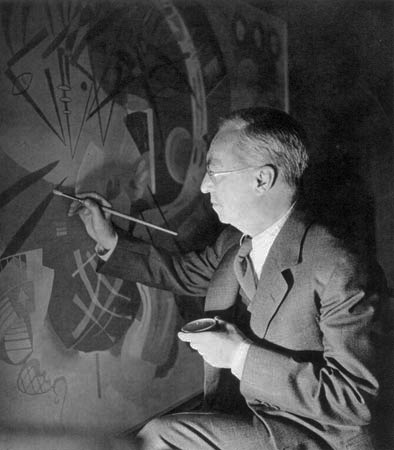
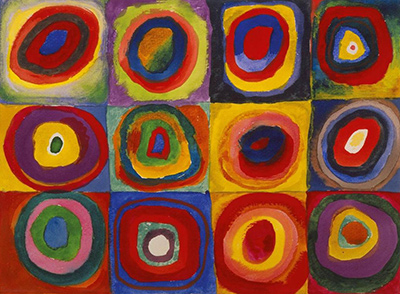
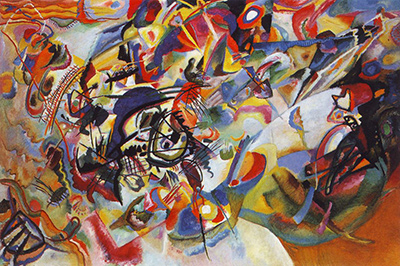
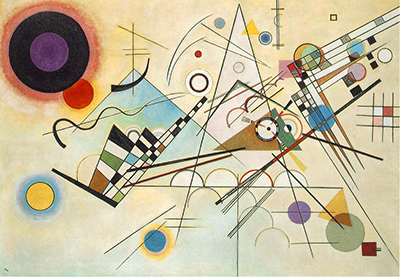
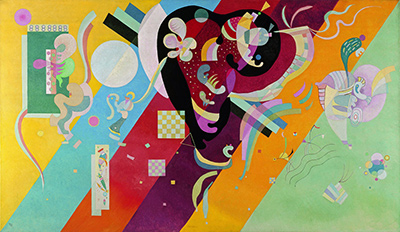
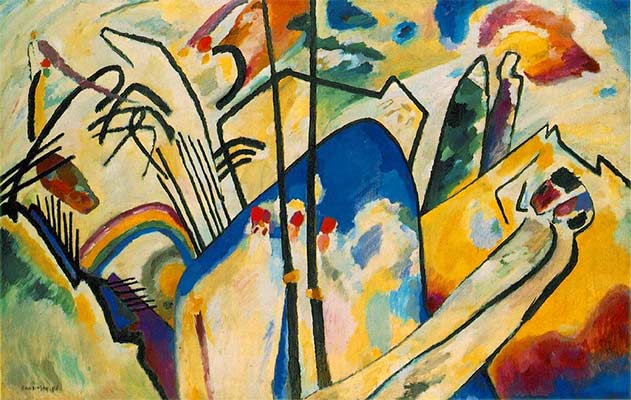
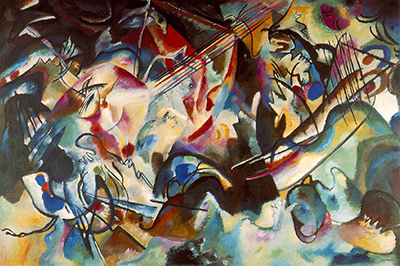
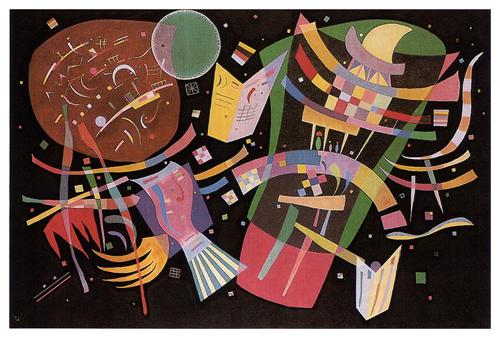
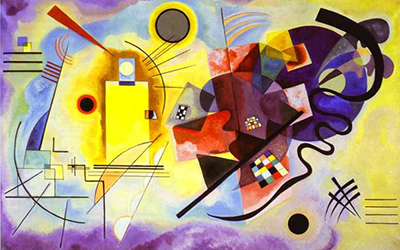
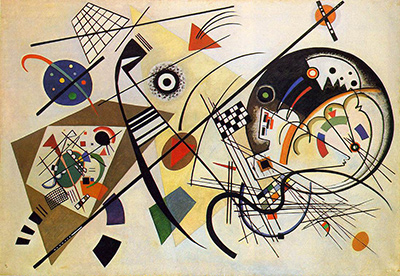
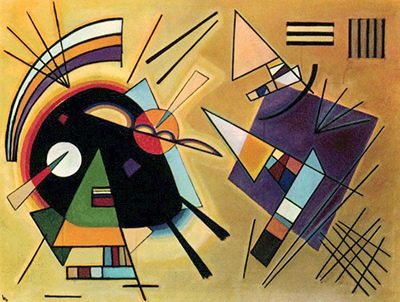
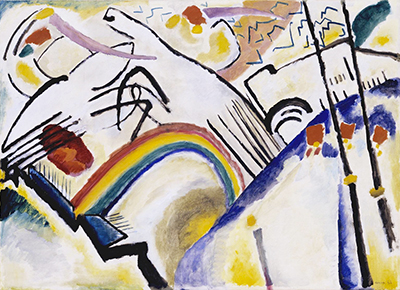
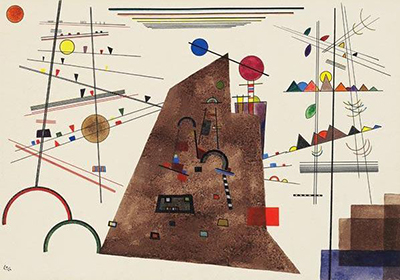
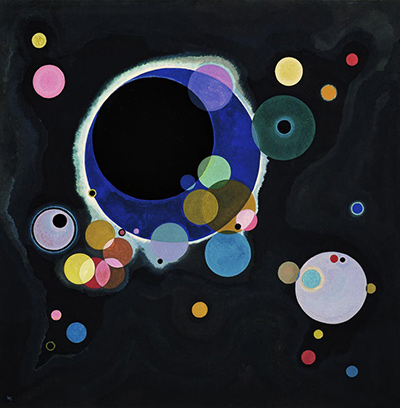
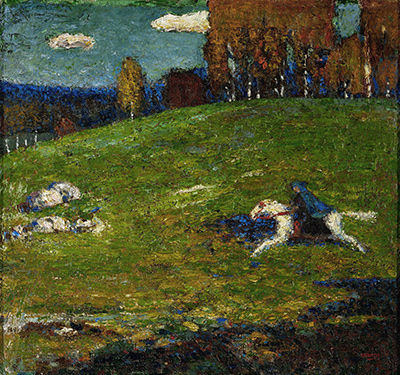
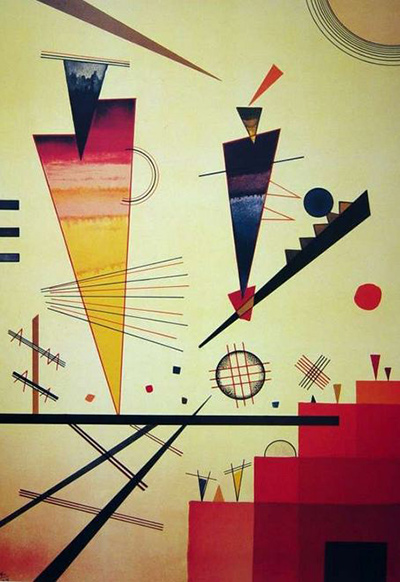
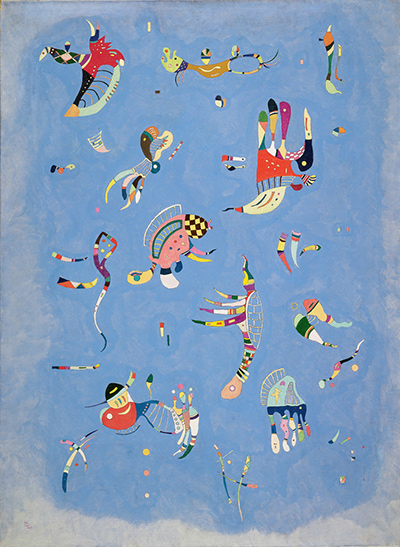
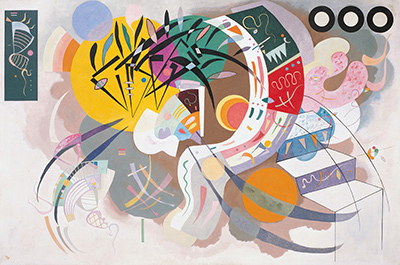
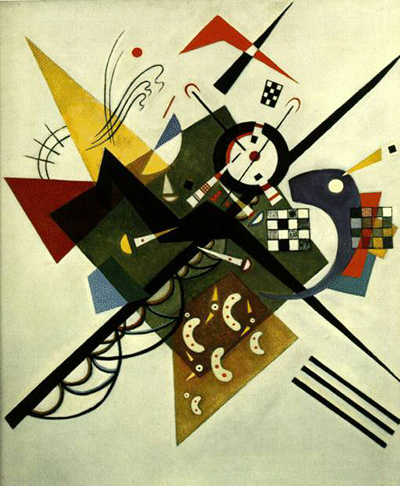
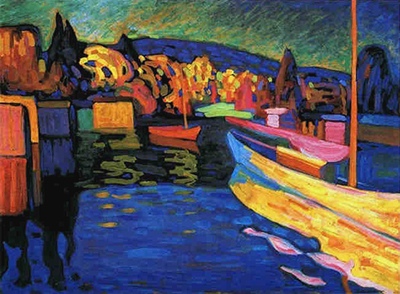
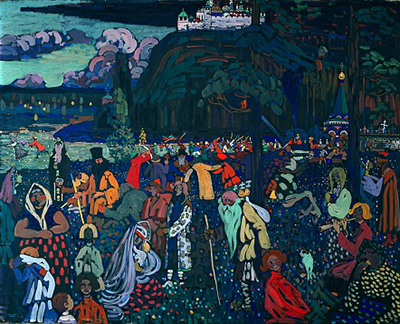
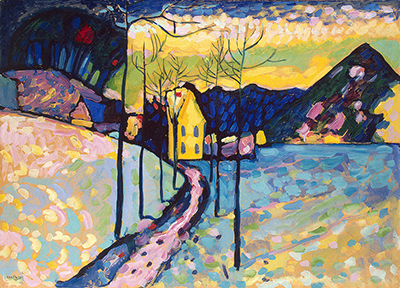
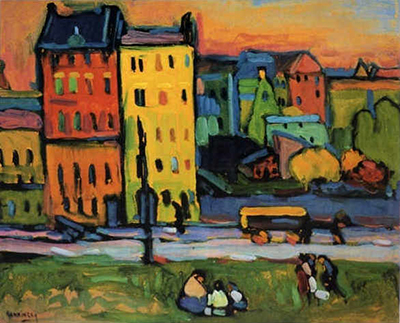
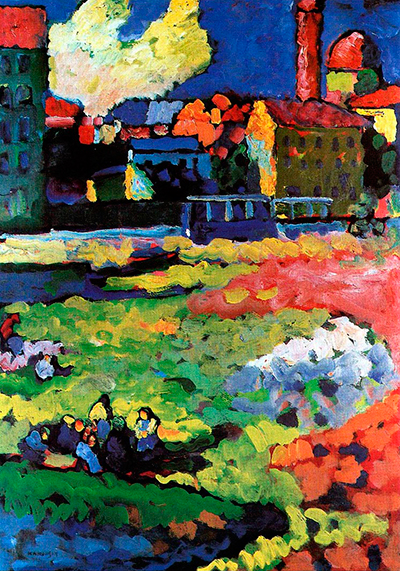
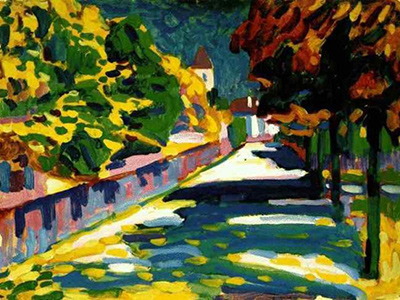
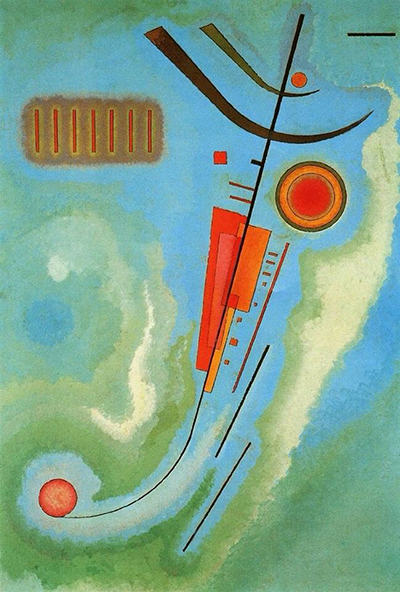
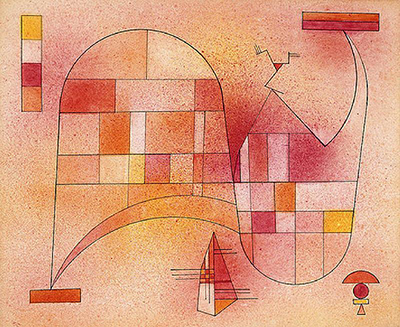

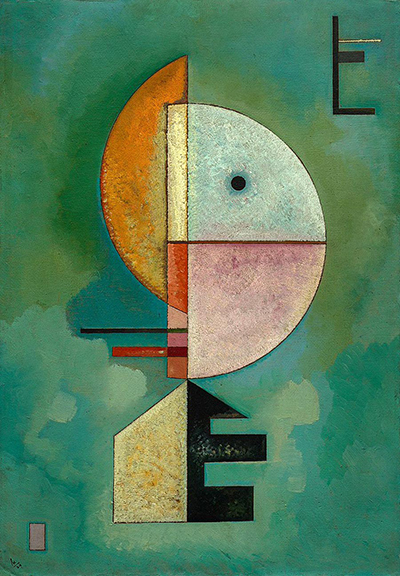
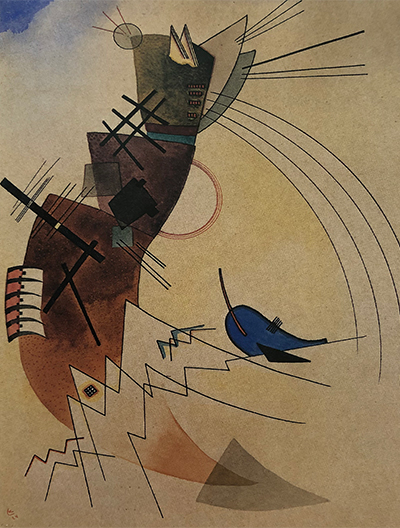
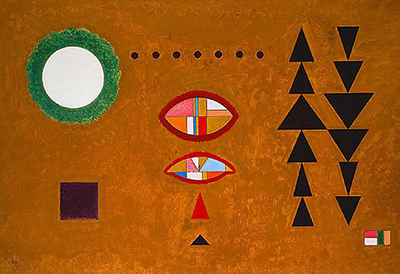
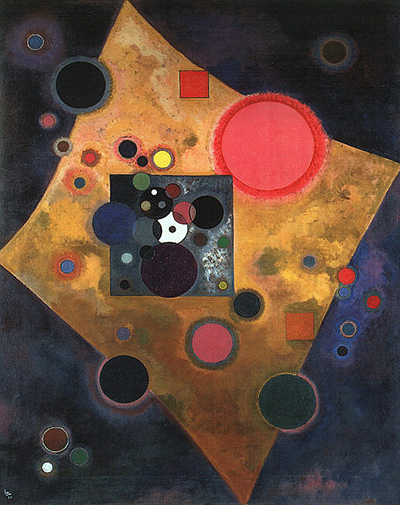
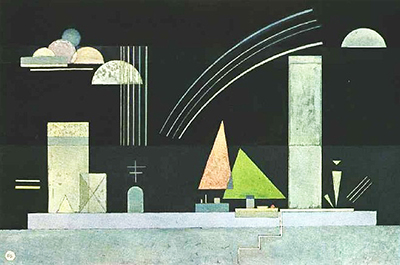
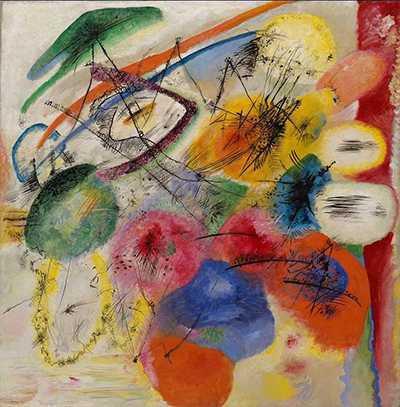
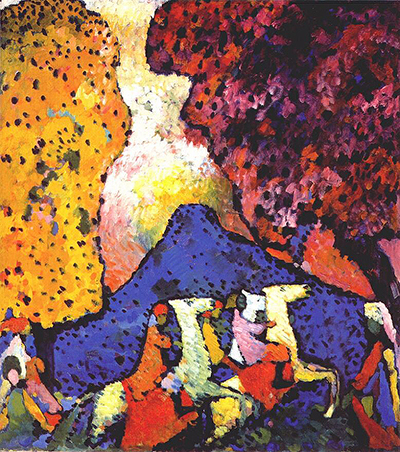
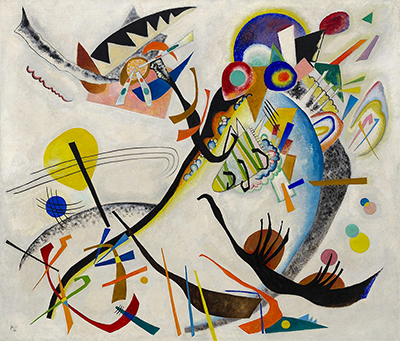
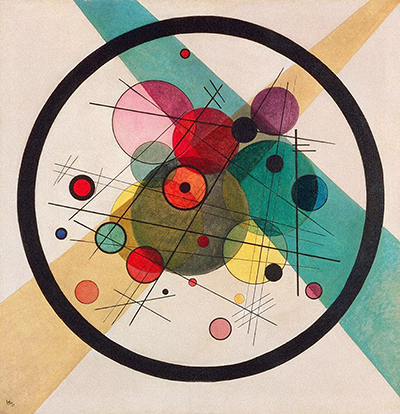
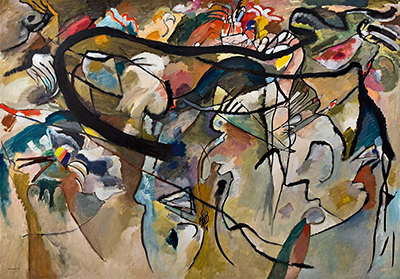
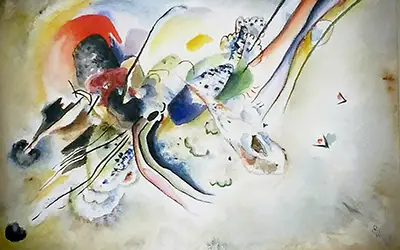
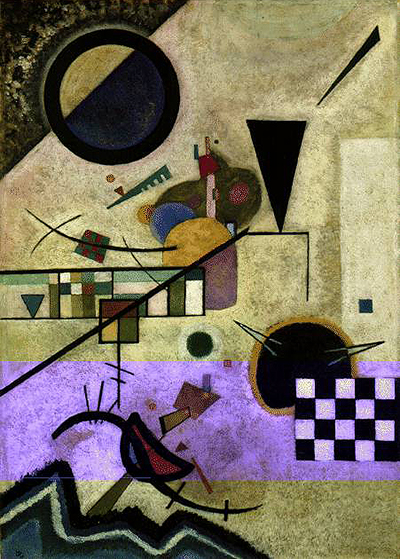
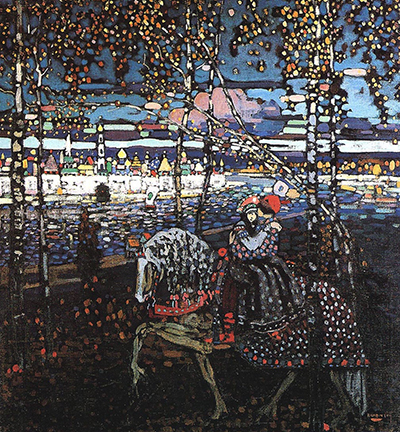
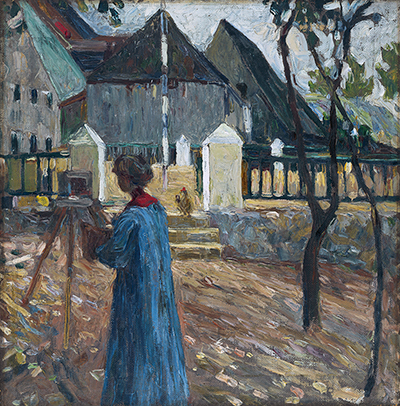
 Wassily Kandinsky.jpg)
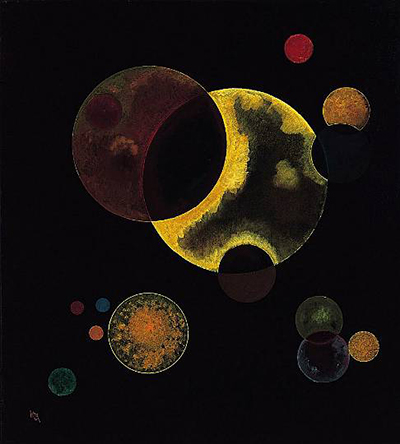
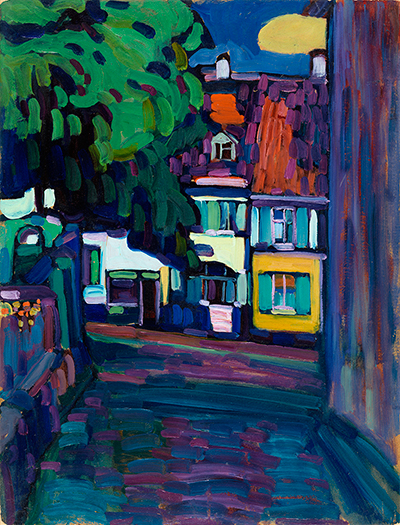
 Wassily Kandinsky.jpg)
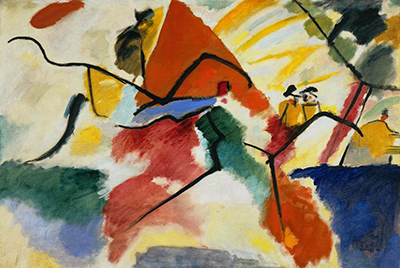
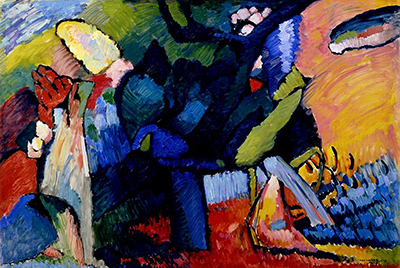
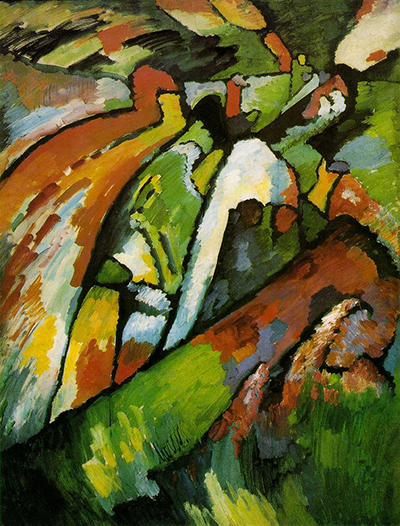
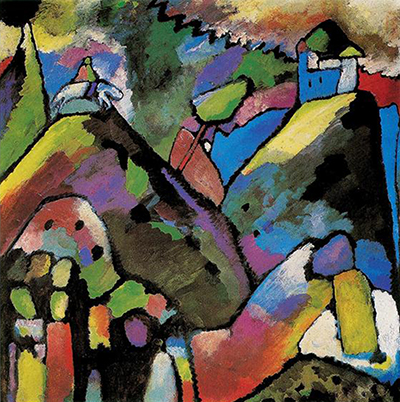
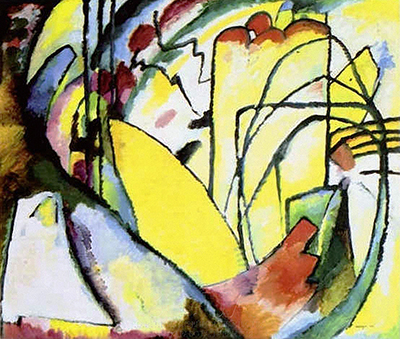
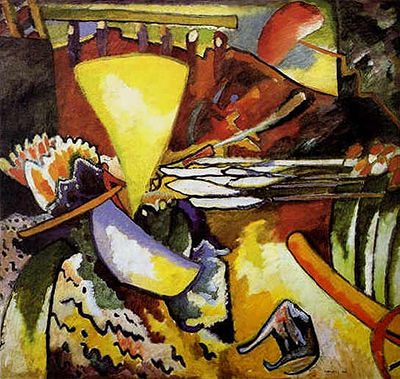
 Wassily Kandinsky.jpg)
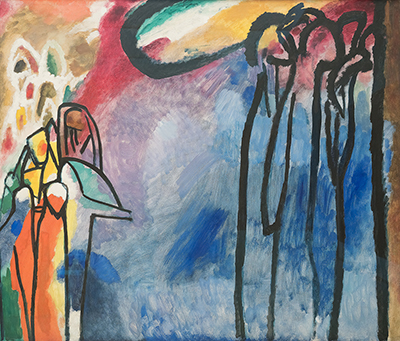
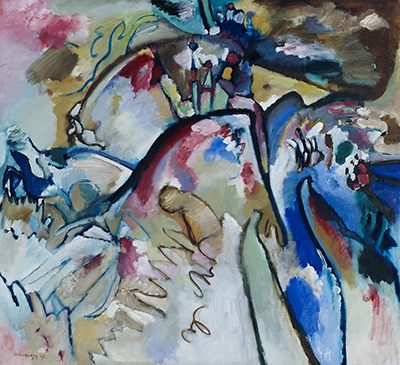
 Wassily Kandinsky.jpg)
 Wassily Kandinsky.jpg)
 Wassily Kandinsky.jpg)
 Wassily Kandinsky.jpg)
 Wassily Kandinsky.jpg)
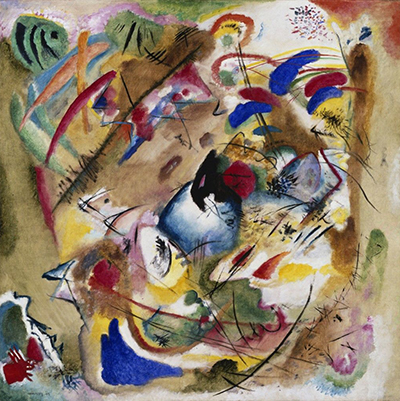
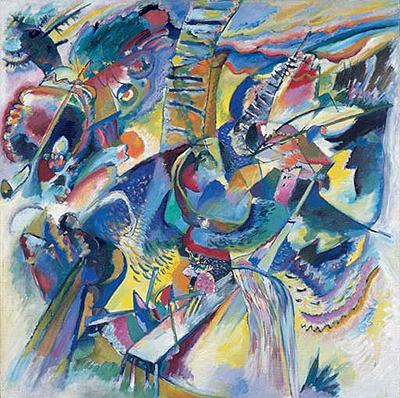
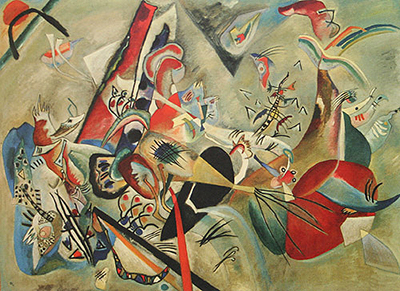
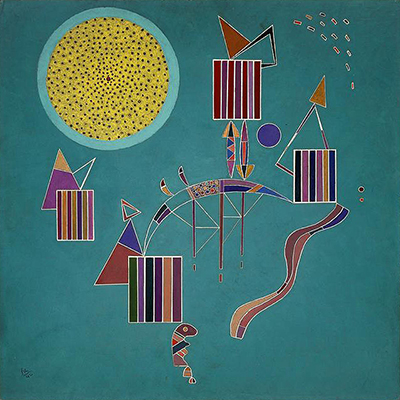
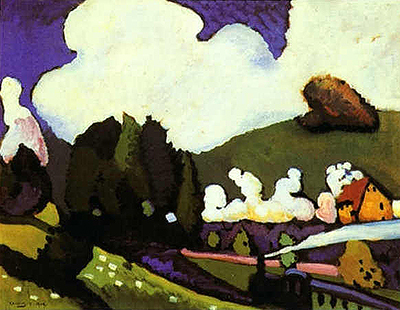
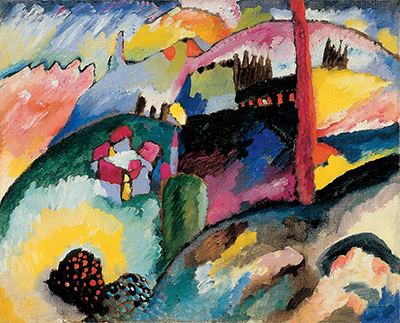
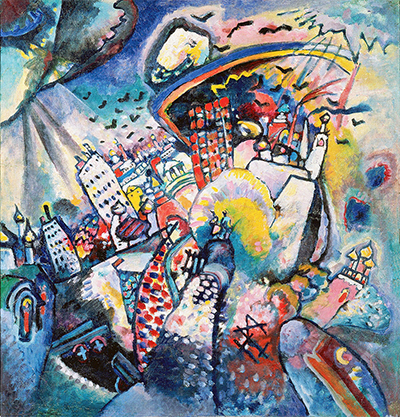
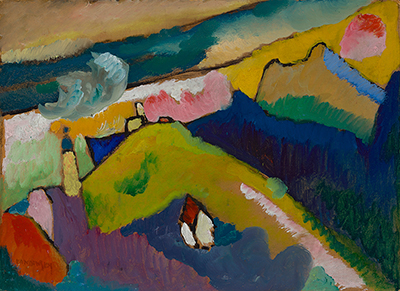
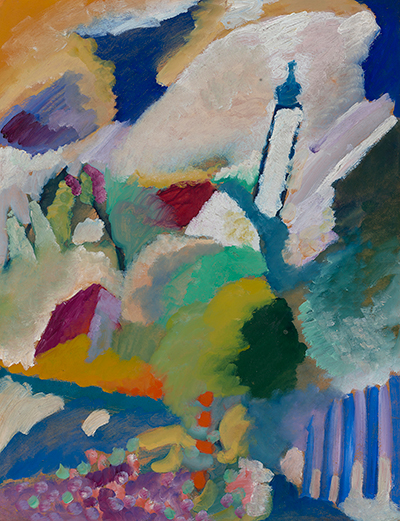
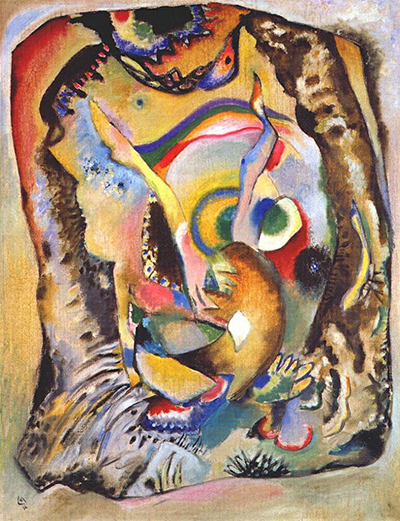
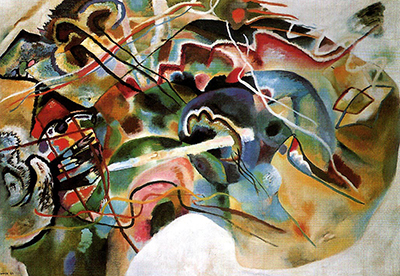
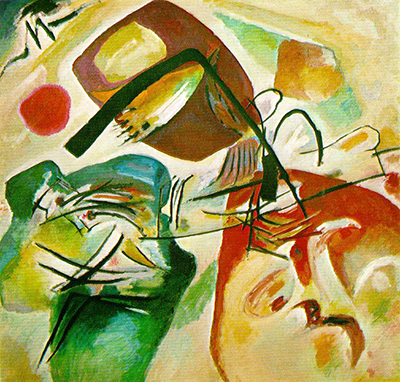
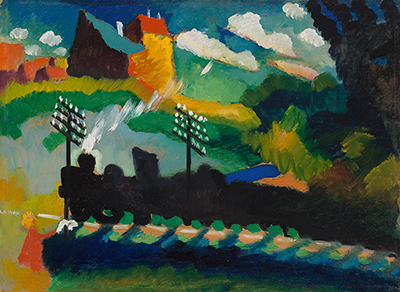
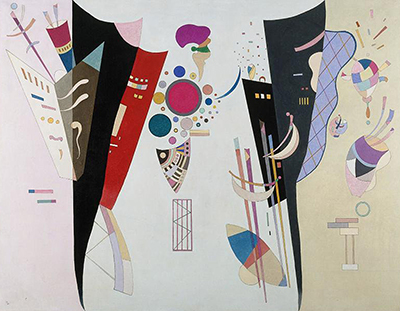
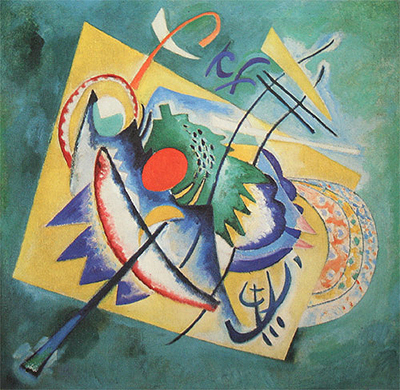
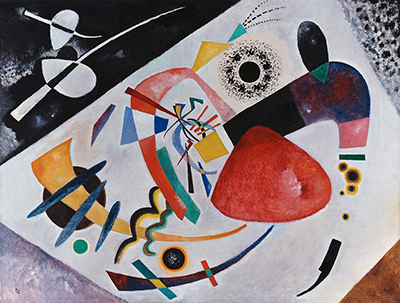
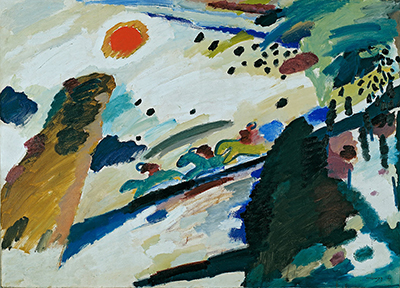
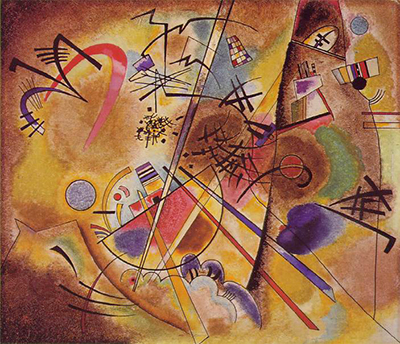
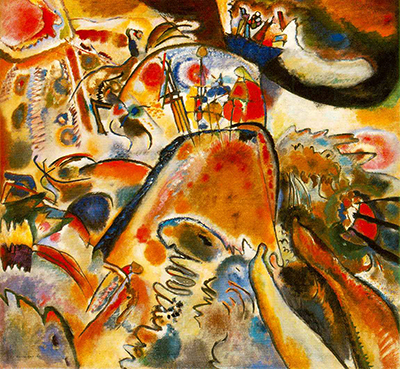
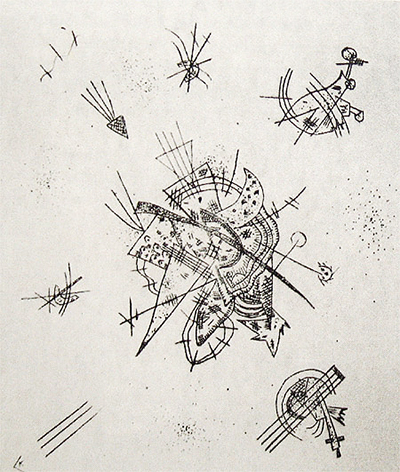
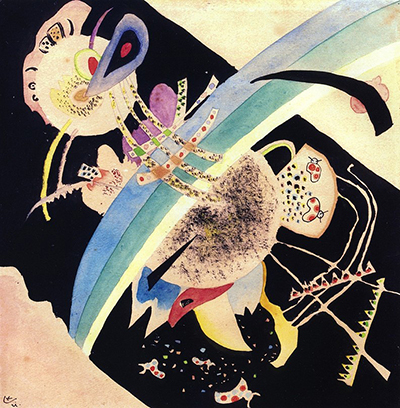
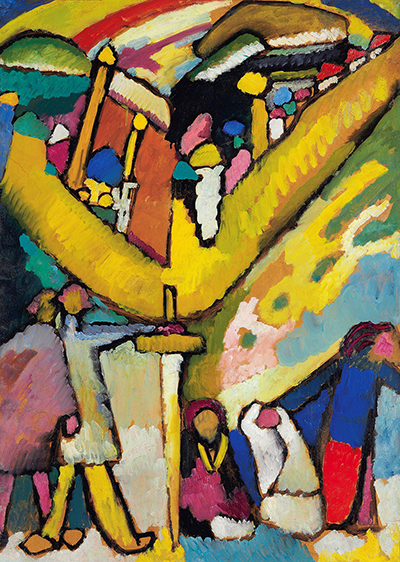
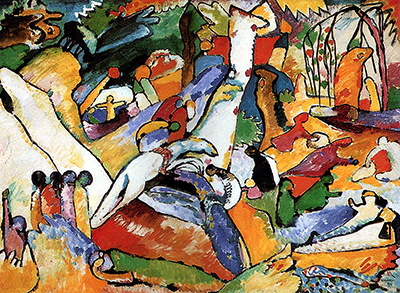
 Wassily Kandinsky.jpg)
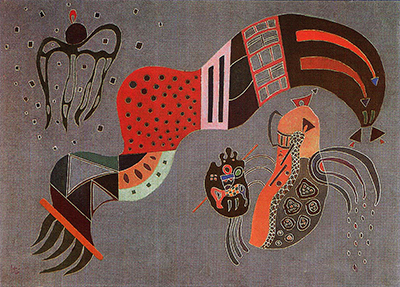
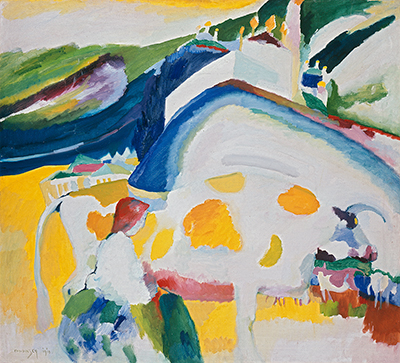
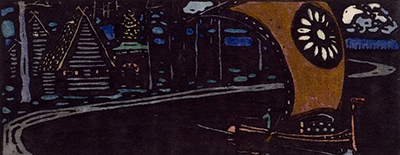
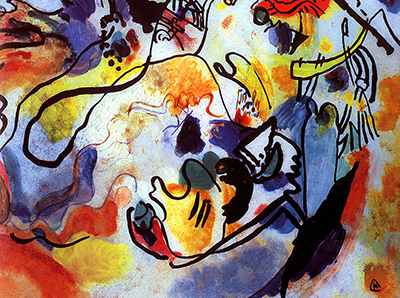
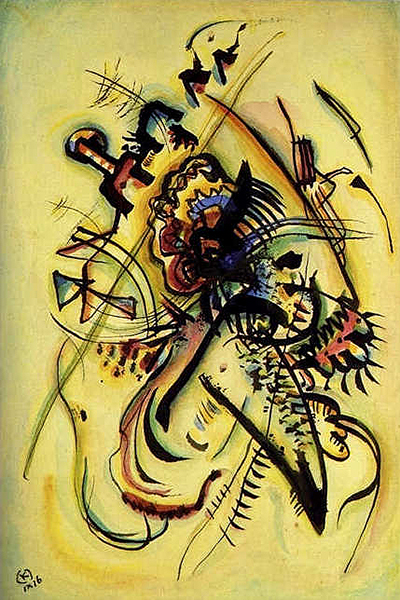
 Wassily Kandinsky.jpg)
